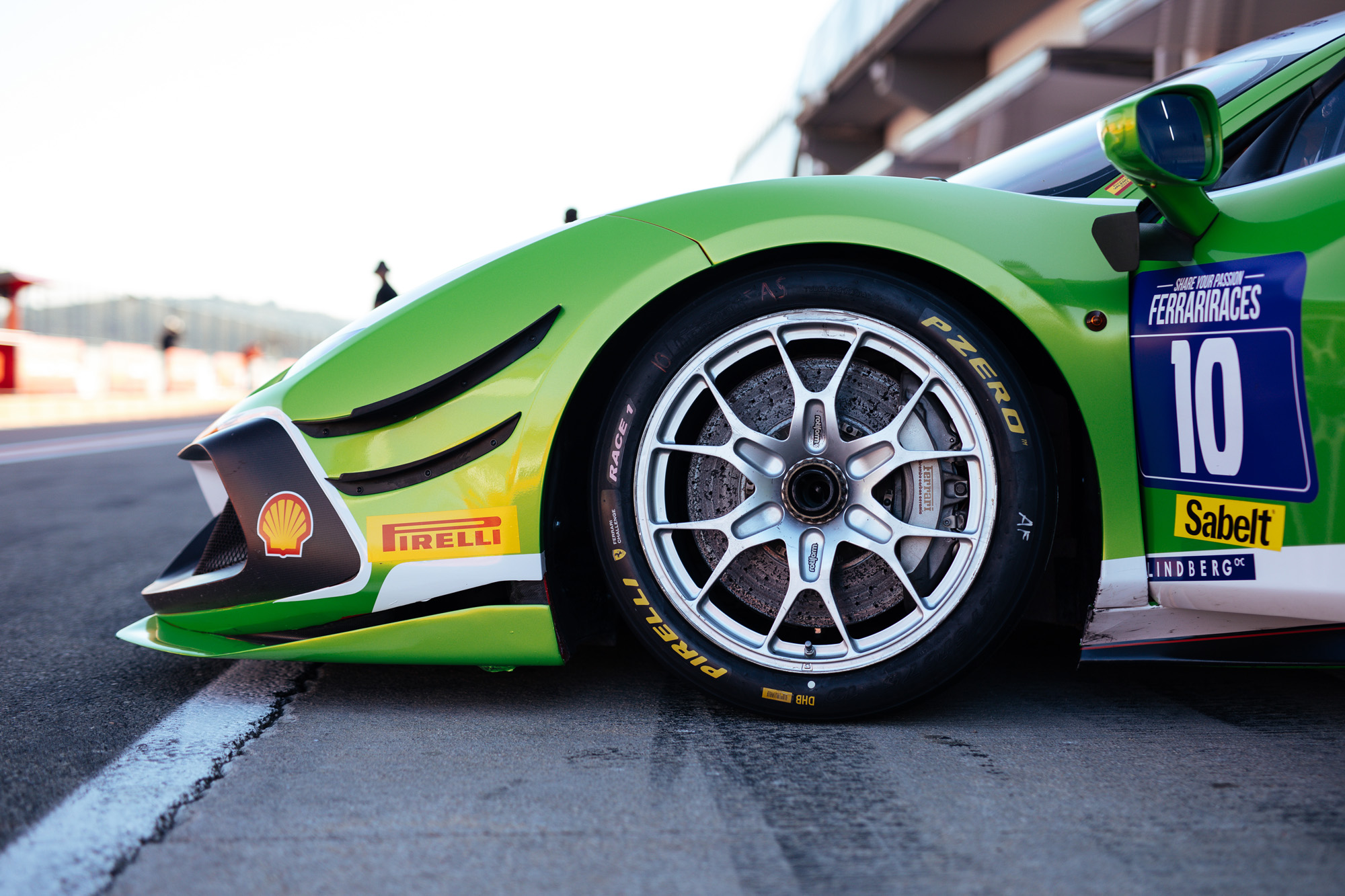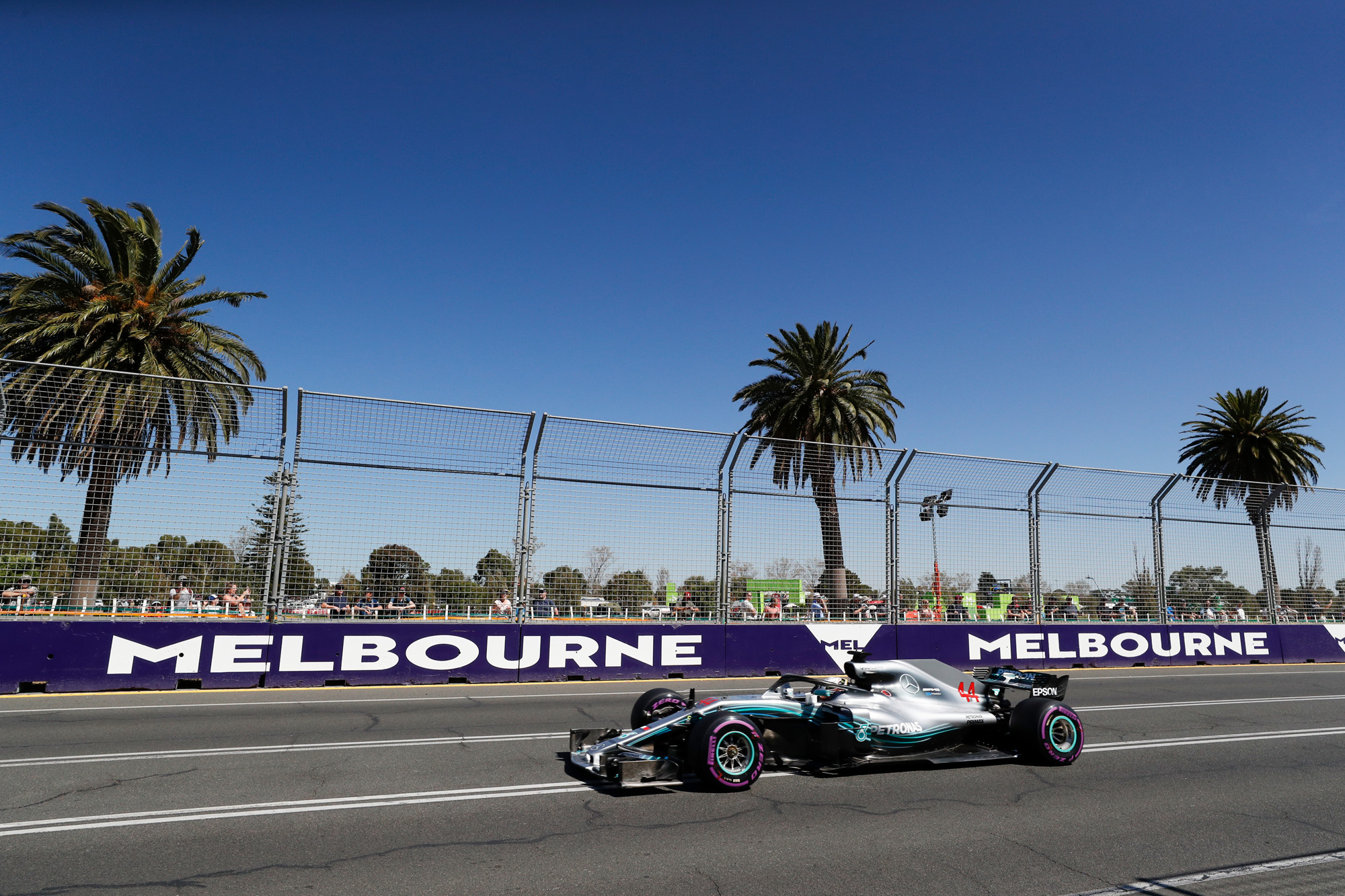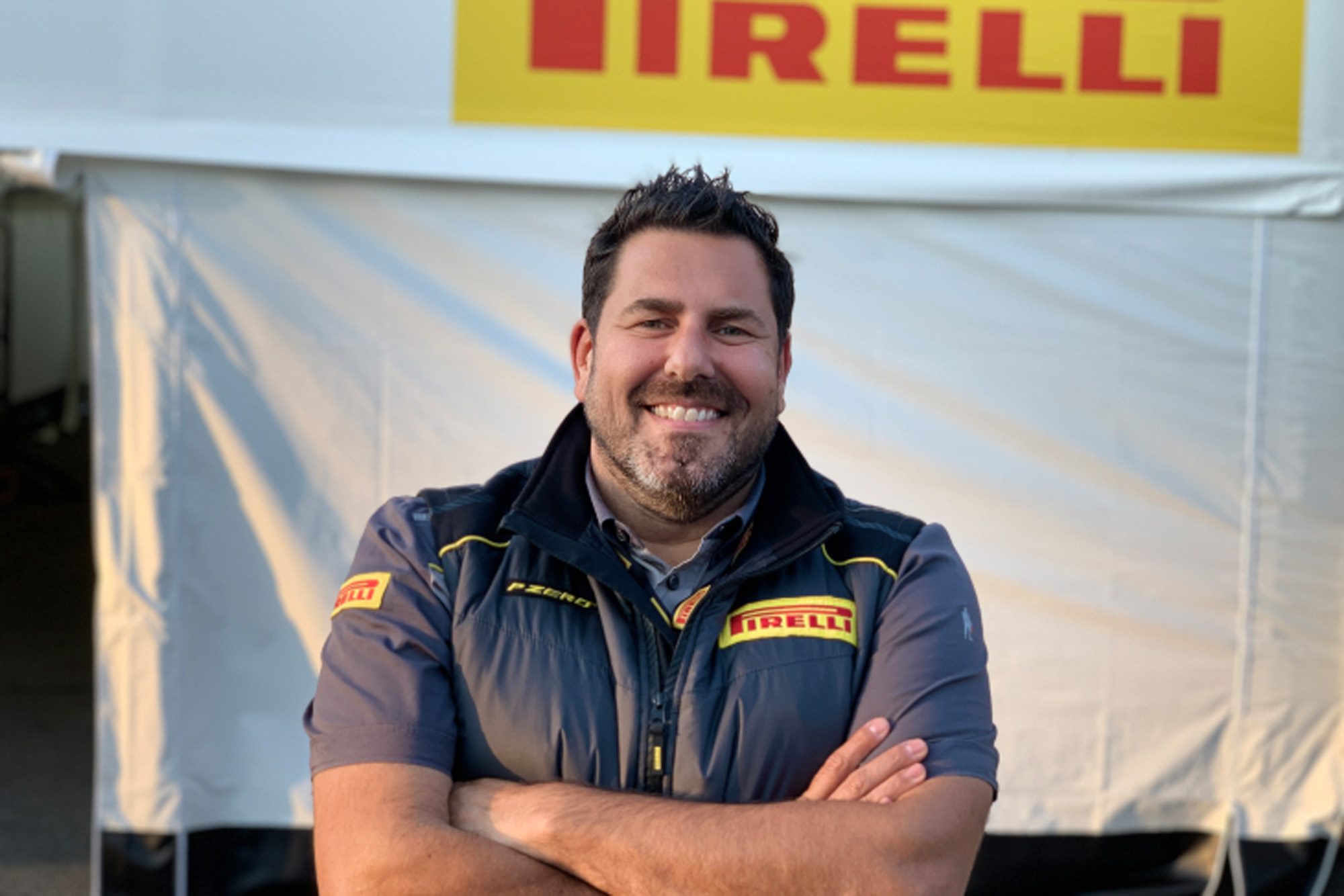 Global tire manufacturer Pirelli is involved in motorsports series around the globe as well as producing tires for the street.
Global tire manufacturer Pirelli is involved in motorsports series around the globe as well as producing tires for the street.
Pirelli’s North American Motorsports Manager Orazio Mastracchio talked with Caraganza about the process involved in designing tires for racing all over North America.
While Pirelli’s motorsport division gets most of its coverage out of Formula One, that’s “its own team that does its own stuff,” and Mastracchio doesn’t handle that. But the manufacturer also supplies tires for a variety of series based stateside: SRO America, Ferrari Challenge, Trans Am, SVRA, PCA, International GT, and GT Celebration
And it’s not just giving the same tire to each series: each tire is “completely different,” Mastracchio said. “I mean, Trans Am, TA and TA2, they run a completely different tire from our GT racing. But all the GT tires are common, shared between the world.”
The GT tires are challenging in themselves, though. Since every car has a different layout, Pirelli has to design a universalizable tire.
“Every single car, you know, if you take a Porsche 911, that’s very rear-heavy, or if you take a Ferrari, which is very balanced, in theory you would need to develop a tire for the Ferrari and a tire for the Porsche. But when you do a championship where you’re supplying one brand of tires for everybody, everybody needs to be at the same level,” Mastracchio explained.

MELBOURNE GRAND PRIX CIRCUIT, AUSTRALIA – MARCH 23: Lewis Hamilton, Mercedes AMG F1 W09 during the Australian GP at Melbourne Grand Prix Circuit on March 23, 2018 in Melbourne Grand Prix Circuit, Australia. (Photo by Steven Tee / LAT Images)
“We mainly work with the car manufacturers. We work a lot with the manufacturers to be able to develop this one tire that’s going to fit everybody and everybody’s going to be pleased about the performance.”
Even for North American racing, development is a global process, since Pirelli’s motorsport tires are produced in Romania and Turkey, he said. That does help with niche events like hillclimb, though, which is popular in Europe but less so in the US. Pirelli will be providing tires for the Pikes Peak event this year.
“Pikes Peak,” Mastracchio said, “is very particular because you’re trying to reach the summit at fourteen thousand feet and it’s mild where you start and it’s freezing where you finish. So it’s very tricky. So it’s very tricky to play with compounds and tire pressure at the track, and also with the way the car is set up.”
Even once the tire is made, development never stops. Pirelli continues to gather data throughout the season and make improvements to reach that vital parity.
“We mostly use the data that we collect from the teams for our own purpose and for a development purpose; you know, the more data we get the better the tire we can build according to the type of championships we do.”
That development is also carried over into road tires, even if the goal is exactly opposite: “For racing, it’s very specific,” he said, “because the tire needs to heat up at a quick rate and the more heat you introduce into the tire, the more grip it has and the more wear. And you want the opposite to happen with the street tire. You want the grip, but you don’t want the high-rate wear. So, you know, we play with compounds, we play with materials, it’s very important, so these are the things that we try to study.”
“The technology absolutely bleeds into our road tires, yes,” Mastracchio said.
“Not necessarily specifically for a certain championship to a certain model car. But the technology that we use in motorsports definitely bleeds into the street tire. It could be a P-Zero, it could be a P7 All-Season Plus-3, it could be an SUV tire.”
That’s because of Pirelli’s massive racing range: “We have tires for most of all the GT racing and the smaller open-wheels, we also do tires for rally, we’re involved in motorcycles, hillclimb… so we have a good product range to be able to support most of the championships out there.”
That’s the return-on-investment Pirelli wants. Despite not having any numbers on overall profit, being able to point to racing gives Pirelli a reputational boost that surely means sales, he pointed out.
“For a company like Pirelli, it’s mostly that the racetrack is our canvas. So it’s to improve the product that we put out there for the motorist. So it’s to improve the technology, and to develop other materials to be able to make a perfect tire for people that go to the store and buy tires. That’s what we do.”
As for the future, Mastracchio said, “The goal is to capture more championships, to develop more products.”
- Lola will returns to racing with a Formula E entry - March 28, 2024
- Doriane Pin impresses Mercedes team with dominant F1 Academy debut - March 8, 2024
- Lewis Hamilton announces move to Ferrari shocking F1 and the world - February 1, 2024
